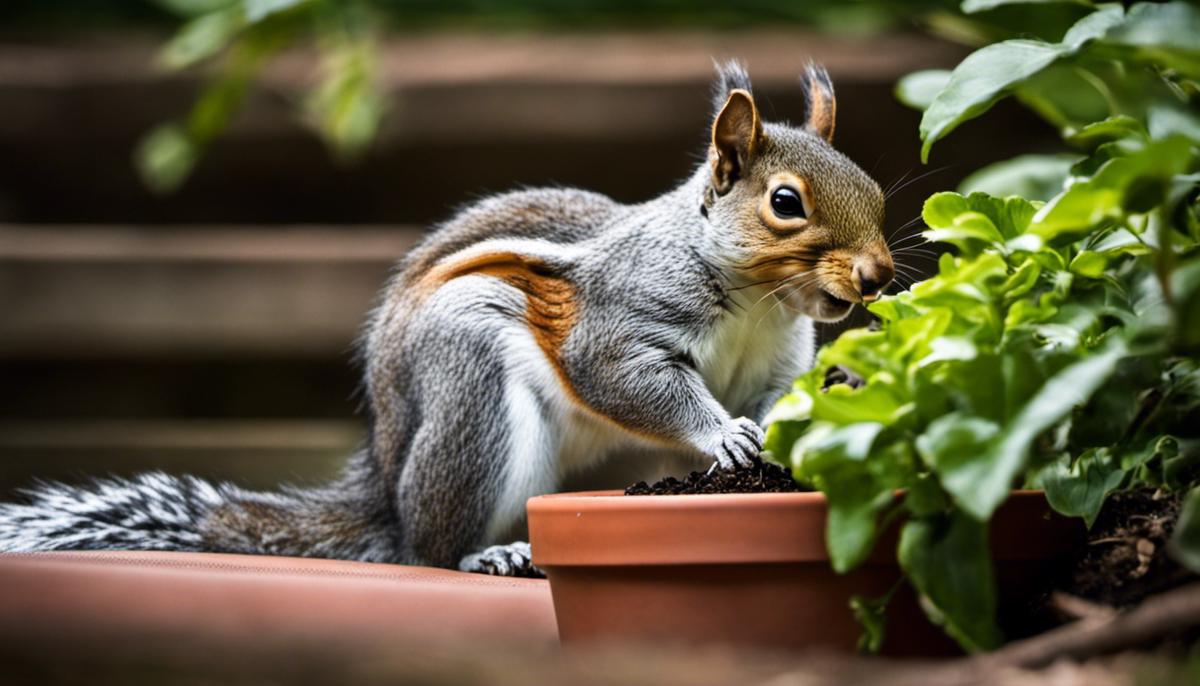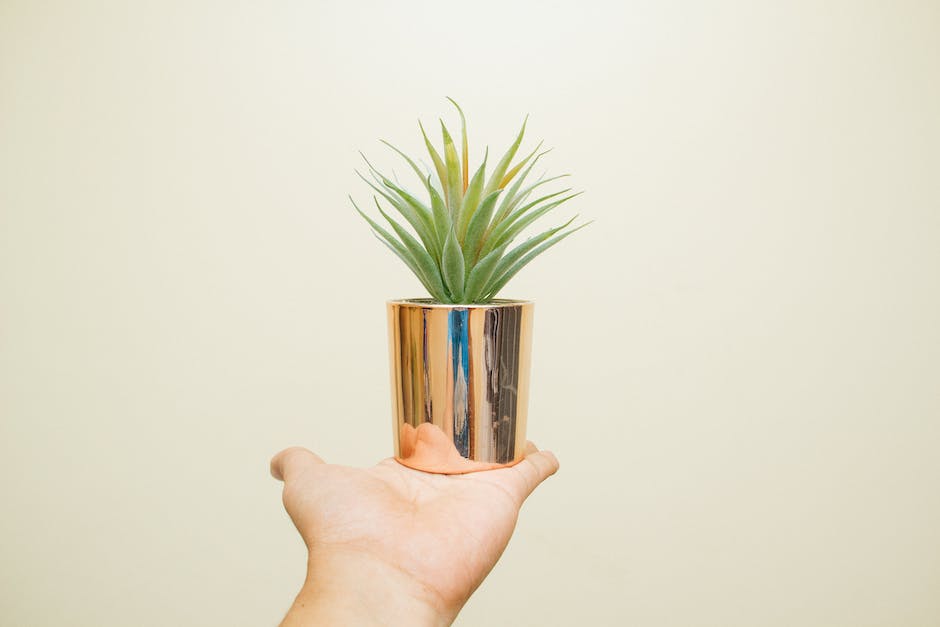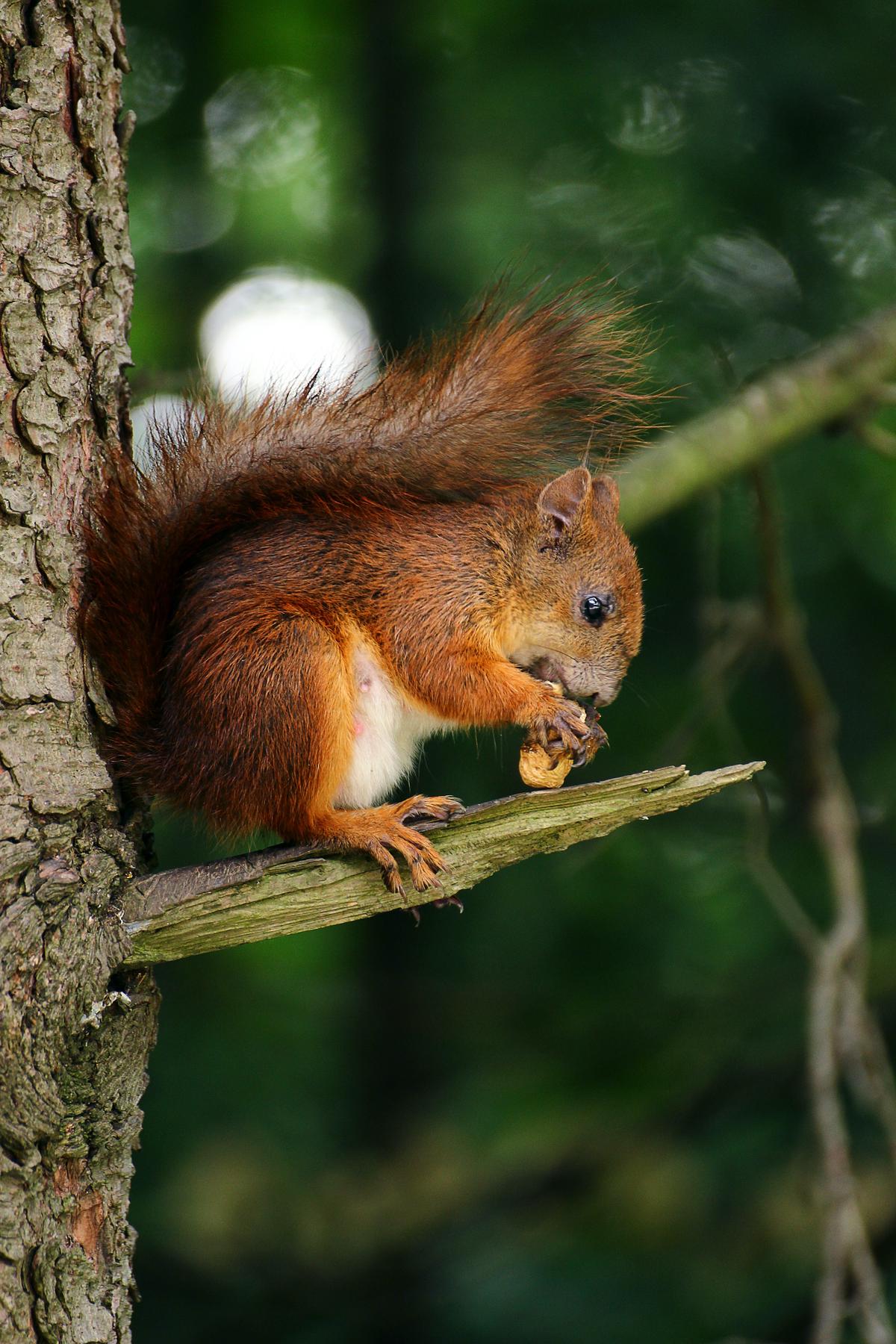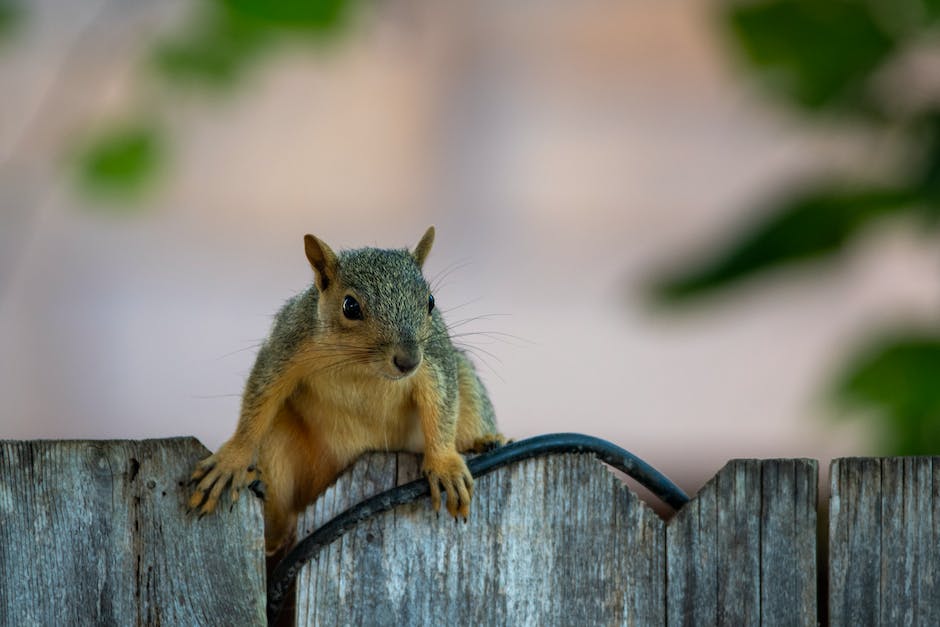Squirrel-Proof Your Potted Plants: A How-To Guide

Squirrels, while charming and seemingly innocent, are notorious for their penchant for digging into potted plants. This routine, an intrinsic part of their nature, can be disastrous for garden enthusiasts looking to maintain a well-kept array of potted flora. Bearing this in mind, an in-depth understanding of squirrel behavior—their nutritional proclivities, nesting predilections, and innate attraction to certain plants—is foundational to devising an effective strategy for protecting your plants from these furry intruders. Moreover, mastering a number of squirrel-deterrent techniques and comprehending how to sustain a squirrel-free environment are further integral steps on the road towards safeguarding your potted treasures from these persistent critters.
Understanding Squirrel Behavior
Understanding the Squirrel-Potted Plant Dynamic
The fascinating world of squirrels and their activities around potted plants is a perennial favorite topic among squirrel enthusiasts! You might have noticed these cute, fluffy creatures frolicking around your favorite potted plants and wondered about their behavior. Understanding their pattern can be instrumental for both gardening enthusiasts and squirrel fans alike.
To begin with, squirrels are renowned for their exceptional digging skills. Their instinctive love for stockpiling food and their inherent curiosity often lead them into our collective gardens and potted plants. Everyone who has a potted plant might at some point have found some unexpected holes, and it’s quite likely these were the handiwork of our furry friends.
Primarily, squirrels are in search of food. Their acute sense of smell leads them to sniff out any potential sources of nourishment, even if it’s buried deep in the heart of a potted plant. This penchant for smells can often instigate them to dig deeper into soft soil.
Squirrels are not only just about food scavenging. Quite often, your potted plant becomes an ideal spot for these creatures to bury their reserves. They hide nuts and seeds, preparing for less bountiful seasons. This can sometimes lead to unplanned propagation of various flora, as forgotten squirrel buries can sprout new plants!
Interestingly, squirrels, known for their agility and acrobatic skills, also use potted plants and their associated trellis as playgrounds. Leaping from one plant to another, practicing their balancing act on fences and miniature garden props provide an excellent workout.
For those struggling with squirrels and their daredevil escapades around potted plants, there are measures to mitigate this. A common method includes adding a layer of stone or gravel to the top of the potted plants to deter squirrels from digging.
For the hobbyist, observe a squirrel’s behavior around a potted plant from a distance so as not to interrupt its natural behavior. It can make for an interesting watch, and perhaps, even an impromptu photography session!
Understanding the behavior of squirrels around potted plants is indeed an enlightening journey – full of surprises and endearing moments. So the next time you spot a squirrel scampering around your potted petunias, remember this not just simple mischief but a deep-seated instinct that’s part of being a squirrel!

Squirrel-Deterrent Techniques
The Squirrel-Plant Dynamic: A Fascinating Exploration and Tips to Coexist
Squirrels and potted plants have one of nature’s most intriguing relationships. It’s a tale of hide and seek, enacted in our very gardens, one that bridges the gap between curiosity and necessity. Beyond their mischievous appearance, squirrels show a surprising amount of sophistication when it comes to interacting with our beloved greenery.
They thrive in symbiosis with plants, often having a profound impact on the life cycle and survival of various species. The role squirrels play in the ecosystem is vast, but for potted plants, often impacted by their innate digging instinct, the results can be mixed. Hence, it’s important to grasp the reasoning behind their behavior, offering a chance for harmonious coexistence.
It all starts with the season of bounty – Autumn. Rich with seeds and nuts, squirrels scurry about, their frantic food-storing behavior a masterclass in preparation. Potted plants, with their soil almost as inviting as a pillow-top mattress, turn into secret lunchboxes for our furry friends. Using their sense of smell, attuned to the slightest hint of food, squirrels can remember where they’ve buried their stores – even under a layer of snow!
Beneath the seemingly destructive behavior of squirrels, a phenomenon of nature unfolds. Their foraging habits contribute significantly to the propagation of many plant species. A buried nut forgotten by a squirrel may eventually sprout into a new sapling, making these little creatures the unsung heroes of afforestation!
Apart from being storehouses, potted plants also turn into a lively playground, witnessing the dramatic acrobatics of squirrels. Their nimble agility is an interactive spectacle that’s incredibly thrilling to observe. It divulges not just their dynamic energy but also offers captivating frames for wildlife photographers who enjoy capturing their energetic spirals and leaps.
However, for someone who has just discovered their prized geraniums uprooted in the pursuit of an elusive acorn, the joy might be somewhat subdued. In order to protect plants without alienating our furry neighbors, a balance can be found. Creating designated feeding stations with nuts and seeds is one practical solution. It satiates the squirrels’ food-seeking instincts and coinstantly, diverts their attention from the potted greens.
To enhance this diversion strategy, invest in squirrel-resistant pots. These can be designed with smooth-surfaced, steep walls that thwart any acrobatic ascent. In addition to this, repellants like cayenne pepper or commercially available non-toxic squirrel deterrent sprays can be utilized. They work by capitalizing on a squirrel’s sense of smell, effectively making the potted plants less attractive for excavations!
Understanding and appreciating squirrel behavior in the setting of potted plants is a learning journey that opens up a fascinating world of nature’s intricacies. By acknowledging their co-existence, fostering shared spaces, and implementing efficient deterrence strategies, we get to relish the charming antics of these woodland acrobats while keeping our potted plants safe and green!
To sum up, building an atmosphere of mutual respect between squirrels and your potted plants brings an unexpected yet delightful element to your hobby. It ultimately transforms the way one looks at nature— from being an observer to an active participant in the grand scheme of things. That’s the magic of engaging with squirrels and potted plants…One never knows what novel interaction awaits discovery next!

Photo by erprekurat on Unsplash
Maintaining a Squirrel-free Environment
Enjoying your peaceable kingdom of potted plants often necessitates some preemptive strategies when it comes to local wildlife. One creature, known for its persistent and sometimes frustrating behavior, is the squirrel.
It’s crucial to remember these rambunctious rodents are not maliciously bent on destruction, but rather, they are continuously driven by survival instincts. Understanding these instincts can give you the upper hand when it comes to maintaining a squirrel-free environment for your potted plants. Here’s how:
- Physical Barriers: Apart from using squirrel-resistant pots discussed earlier, consider adding a semi-permeable cover or mesh on the topsoil of each pot. It allows for proper air, light, and water penetration, yet poses a discouraging barrier to squirrel’s digging behavior.
- Sensory Deterrents: As mentioned, squirrels rely heavily on their acute sense of smell. Make use of natural additives like coffee grounds, crushed eggshells, or a sprinkle of cayenne pepper on the potted soil. These smell deterrents are unpleasant to squirrels, prompting them to seek treasures elsewhere.
- Comprehensive Landscaping Approach: Keep your potted plants in an open area, visible from all sides. Concealed or green corners may prompt squirrels to reenact their wild behavior in urban settings.
- Plant Choice: Choosing certain squirrel-repelling plants such as mint, marigold, and mustard can be beneficial. These plants have strong fragrant leaves that squirrels tend to avoid. Incorporating them in your potted plant collection can act as an additional line of defense.
- Let Helpers In: Involve pest-eating birds in your efforts by installing bird feeders nearby. The feathery visitors act as a potential danger to squirrels, discouraging their visits around your potted plant sanctuary.
- Habitat Enrichment: Cultivate widespread natural habitat zones favorable for squirrels, like adjacent parklands or community spaces. This can divert squirrel activity from your home environment and towards these designated zones.
Lastly, it’s important to remember being a gardener means sharing your green space with the fellow organisms around you. Although it can sometimes be a challenging role, these maneuvers can facilitate peaceful cohabitation. A squirrel-free environment doesn’t mean driving them away per se, but rather, creating a space where everyone can indulgently appreciate the ubiquitous joys of nature while satisfying their innate needs.

Armed with a comprehensive grasp of squirrel behavior, a cache of practical deterrent techniques, and an understanding of prevalent maintenance methods, you are well-prepared to protect your potted plants from squirrel disruption. Ensuring the continued health and vitality of your plants, however, requires ongoing application. Staying vigilant in your monitoring efforts, consistently applying effective repellents, and continually assessing and adjusting your garden conditions are all critical in maintaining your triumph over the squirrels. Finally, it’s important to remember that co-existing with Mother Nature’s critters is part and parcel of gardening, hence fostering a balance that respects nature while protecting your green space is the ultimate goal.



